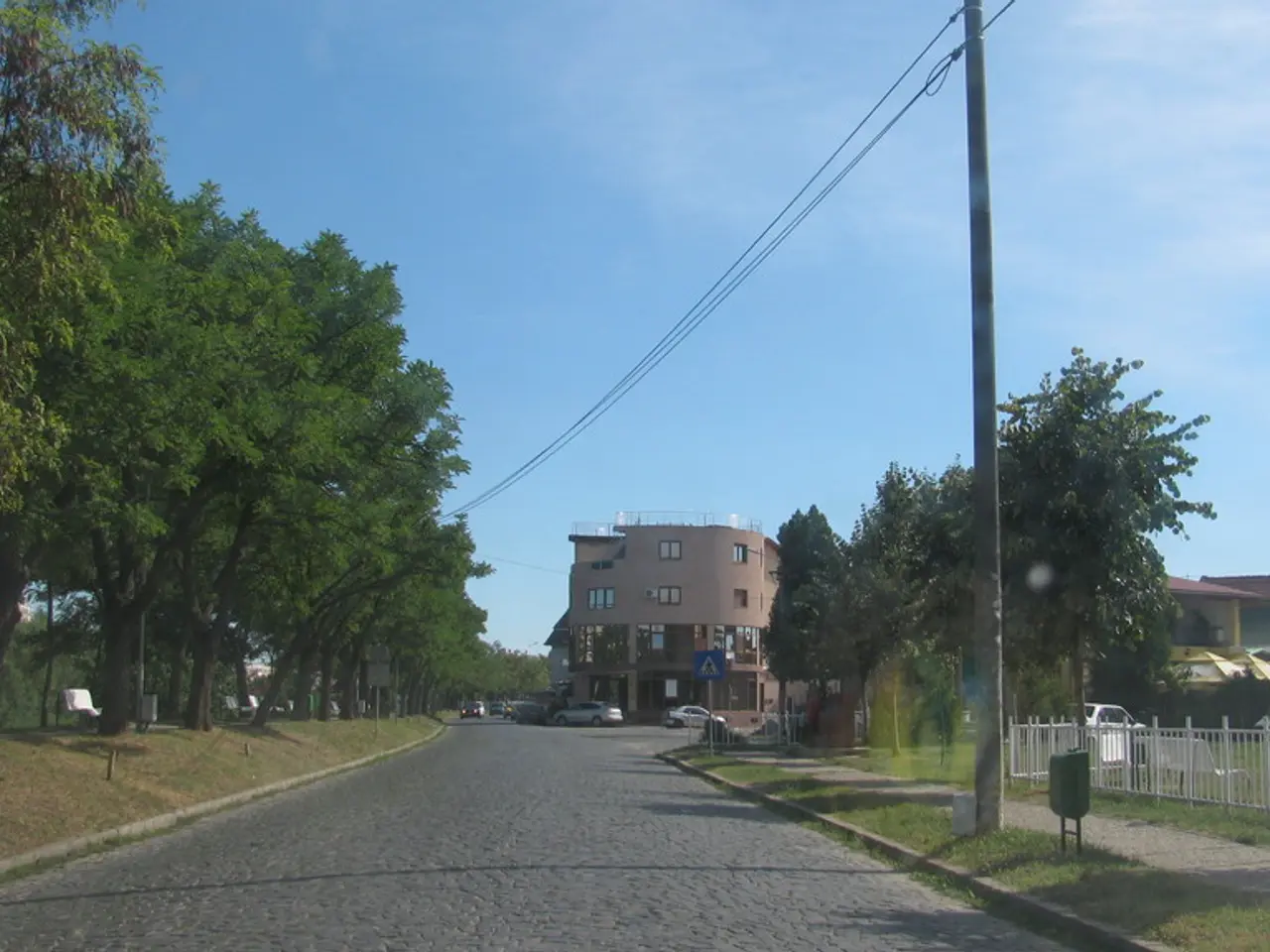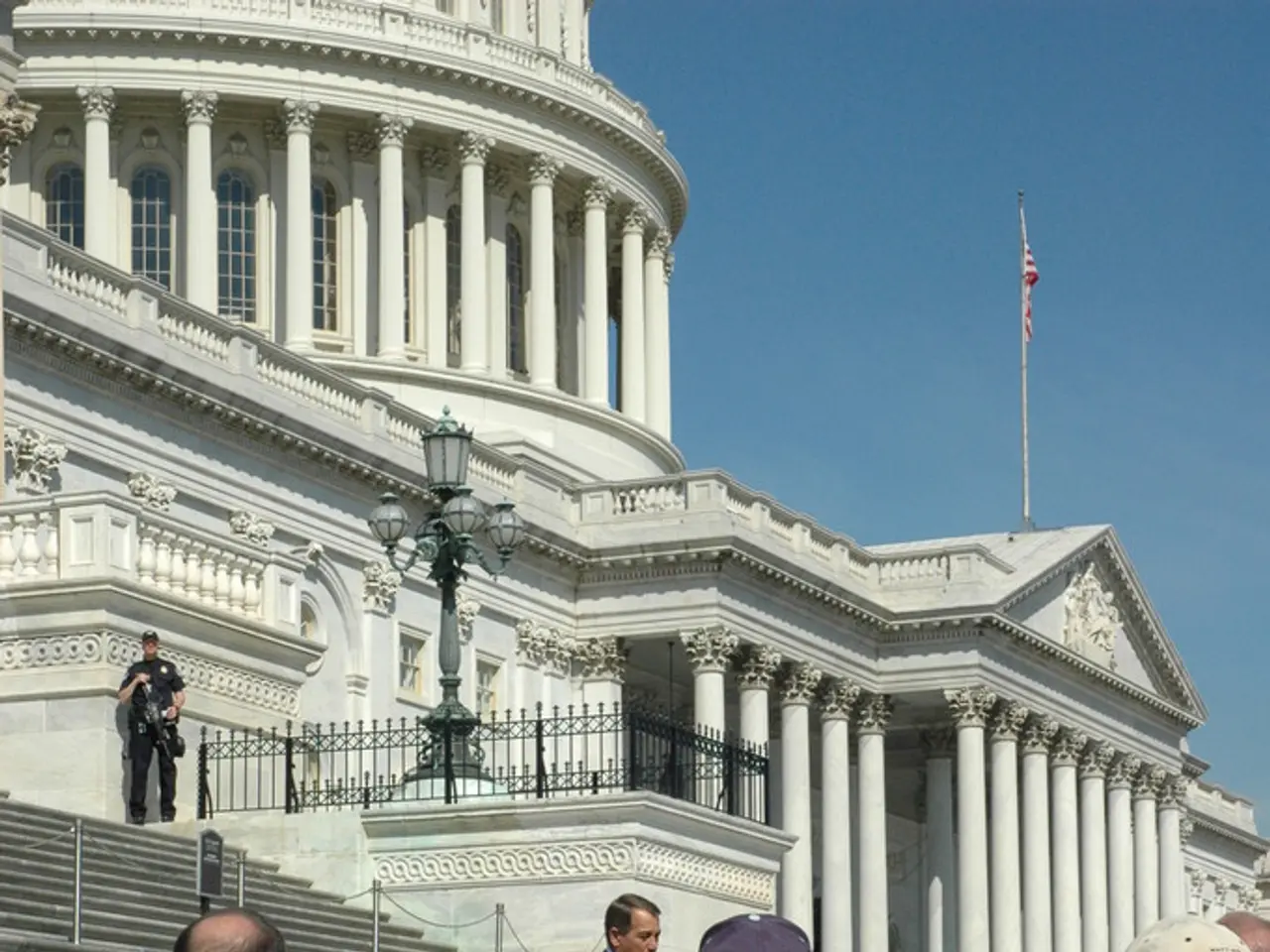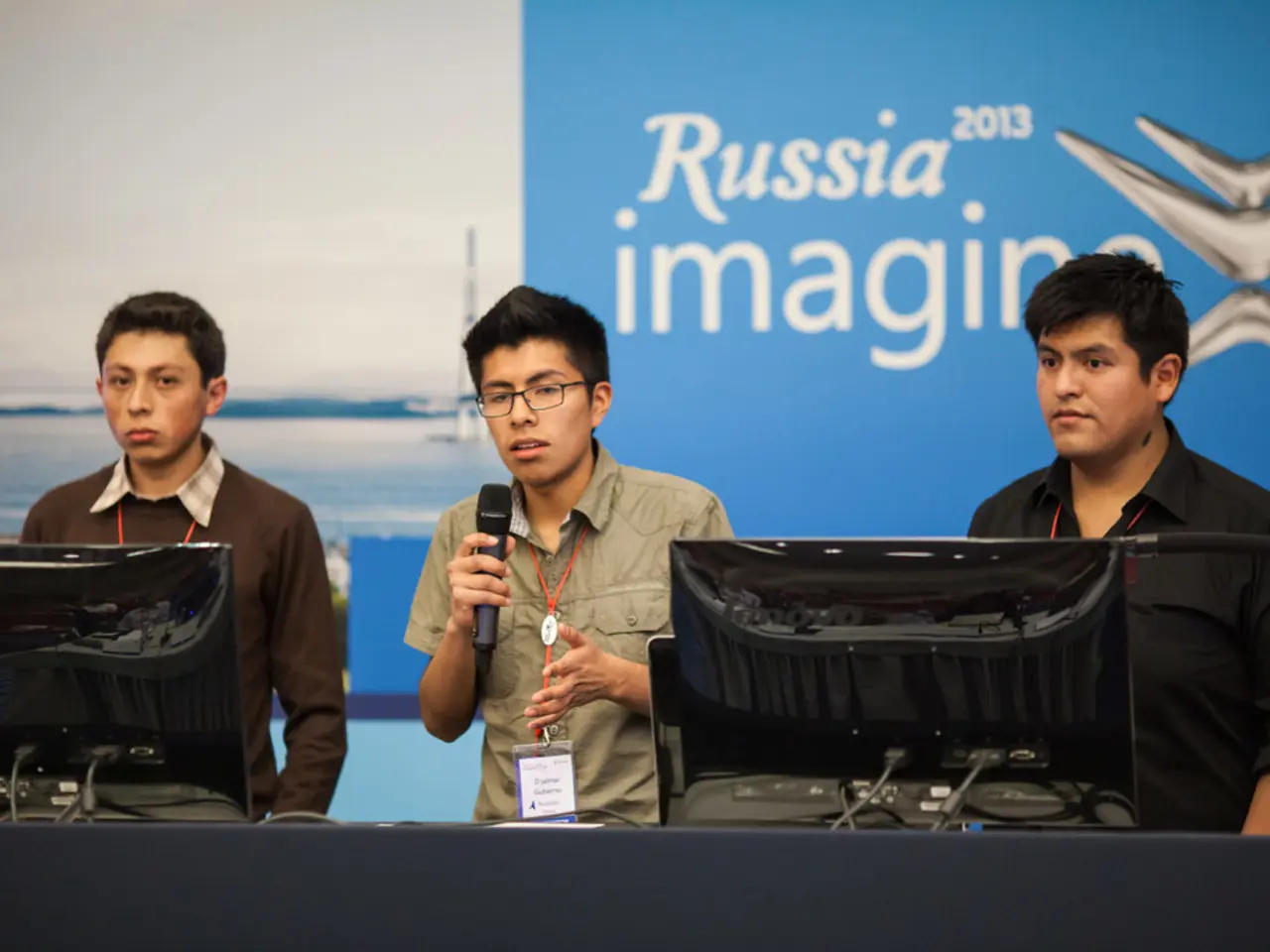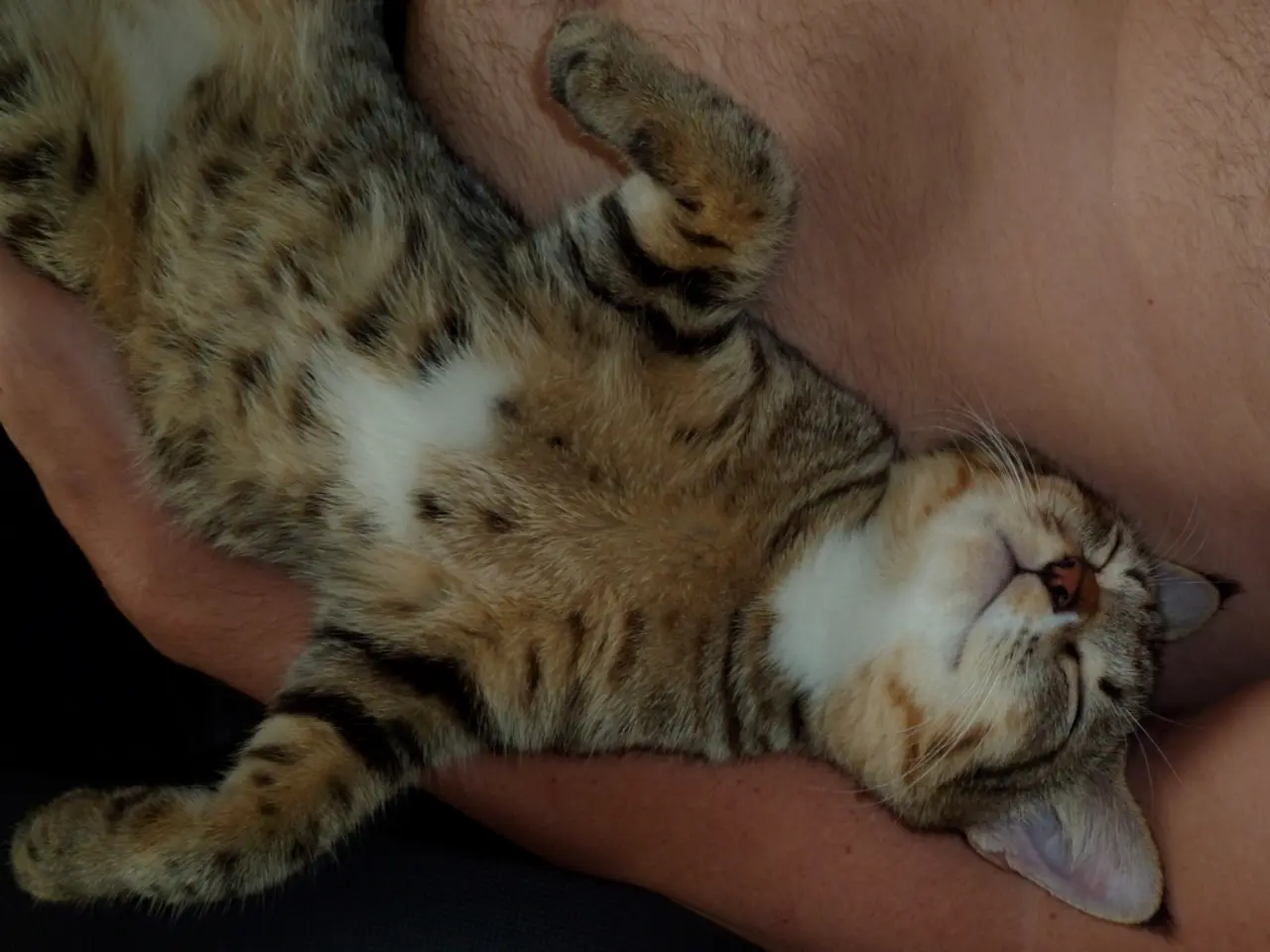Reason Behind Human Oversight in Tesla's Robotaxi Debut
Tesla has officially entered the autonomous vehicle service market in Austin, Texas, with the launch of its robotaxi service on June 22, 2025. The company joins Waymo and Zoox as the third autonomous vehicle operator in the city, marking a significant step in the development of self-driving technology [1][2][3].
The initial deployment of Tesla's robotaxis consists of around ten Model Y vehicles operating within a geofenced area, with plans to scale up to thousands of vehicles in the coming months. The rollout started as a pilot program targeting Tesla investors and enthusiasts who received "Early Access" invitations to use Tesla's new Robotaxi App and provide feedback [3].
Elon Musk has indicated intentions to expand the fleet rapidly beyond the initial ten cars, aiming for a broad autonomous ride-hailing service in Austin and potentially other markets. Tesla's robotaxis rely on a vision-only software stack using cameras and neural networks, avoiding LiDAR or radar sensors, which distinguishes their approach from competitors [1][2].
However, the camera-only approach has generated mixed reactions. Some locals, like Tesla owner Luis Correa, praise the technology's potential and iterative improvement through use, while others, including a coalition of Texas lawmakers, have urged Tesla to delay deployment citing safety concerns. Waymo's use of more traditional and redundant sensor systems like LiDAR and radar generally inspires more confidence [1].
Tesla's area of operations for its autonomous vehicle service is smaller than Alphabet subsidiary Waymo's. Missy Cummings, who researches autonomous vehicles at George Mason University, encourages Tesla to continue keeping babysitting humans in the drivers' seat, similar to what Waymo and Zoox did during early testing phases. Cummings also suggests that remotely driving the vehicle is likely safer than remotely assisting the technology [4].
The price for a ride on Tesla's autonomous vehicle service is currently $4.20. Tesla's program's "early riders" are primarily Tesla influencers and online content creators. The rollout of Tesla's autonomous vehicle service has been smooth, with no reported crashes or fender-benders [3].
As Tesla continues to scale its robotaxi service, the market and regulatory response will likely shape how quickly the company expands and competes in this space. Waymo currently offers robotaxi service in five cities, and Zoox plans to start service in Las Vegas this year. The competition is fierce, and Tesla's unique camera-based autonomy platform will be closely watched.
[1] https://www.reuters.com/technology/tesla-plans-expand-autonomous-vehicle-service-beyond-austin-2025-06-22/ [2] https://www.theverge.com/2025/6/22/23741656/tesla-autonomous-robotaxi-service-austin-launch-details [3] https://www.cnet.com/tech/transportation/tesla-launches-autonomous-robotaxi-service-in-austin-texas/ [4] https://www.washingtonpost.com/technology/2025/06/22/tesla-autonomous-robotaxi-service-austin-texas/ [5] https://www.nytimes.com/2025/06/22/business/tesla-autonomous-robotaxi-service-austin-texas.html
- The initial rollout of Tesla's robotaxis, relying on a vision-only software stack, is focused on Tesla investors and enthusiasts as part of a pilot program, with expressed intentions by Elon Musk to expand the fleet rapidly.
- The camera-only approach of Tesla's robotaxis has generated mixed reactions, with some praising its potential for iterative improvement, while others, including Texas lawmakers, have expressed safety concerns.
- As Tesla scales its robotaxi service, its unique camera-based autonomy platform will be closely watched in the competitive autonomous vehicle service market, particularly in comparison to Waymo's more traditional and redundant sensor systems.




